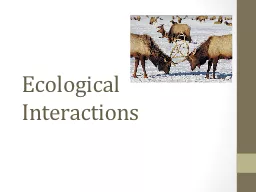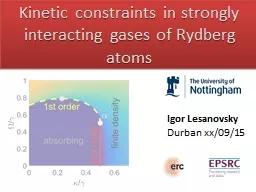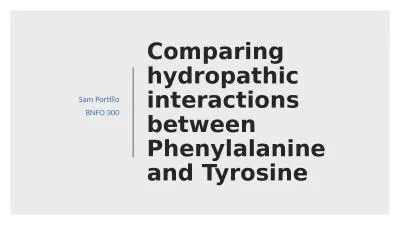PPT-Modeling User Interactions
Author : giovanna-bartolotta | Published Date : 2015-11-30
in Social Media Eugene Agichtein Emory University Outline Usergenerated content Community Question Answering Contributor authority Content quality Asker satisfaction
Presentation Embed Code
Download Presentation
Download Presentation The PPT/PDF document "Modeling User Interactions" is the property of its rightful owner. Permission is granted to download and print the materials on this website for personal, non-commercial use only, and to display it on your personal computer provided you do not modify the materials and that you retain all copyright notices contained in the materials. By downloading content from our website, you accept the terms of this agreement.
Modeling User Interactions: Transcript
Download Rules Of Document
"Modeling User Interactions"The content belongs to its owner. You may download and print it for personal use, without modification, and keep all copyright notices. By downloading, you agree to these terms.
Related Documents














